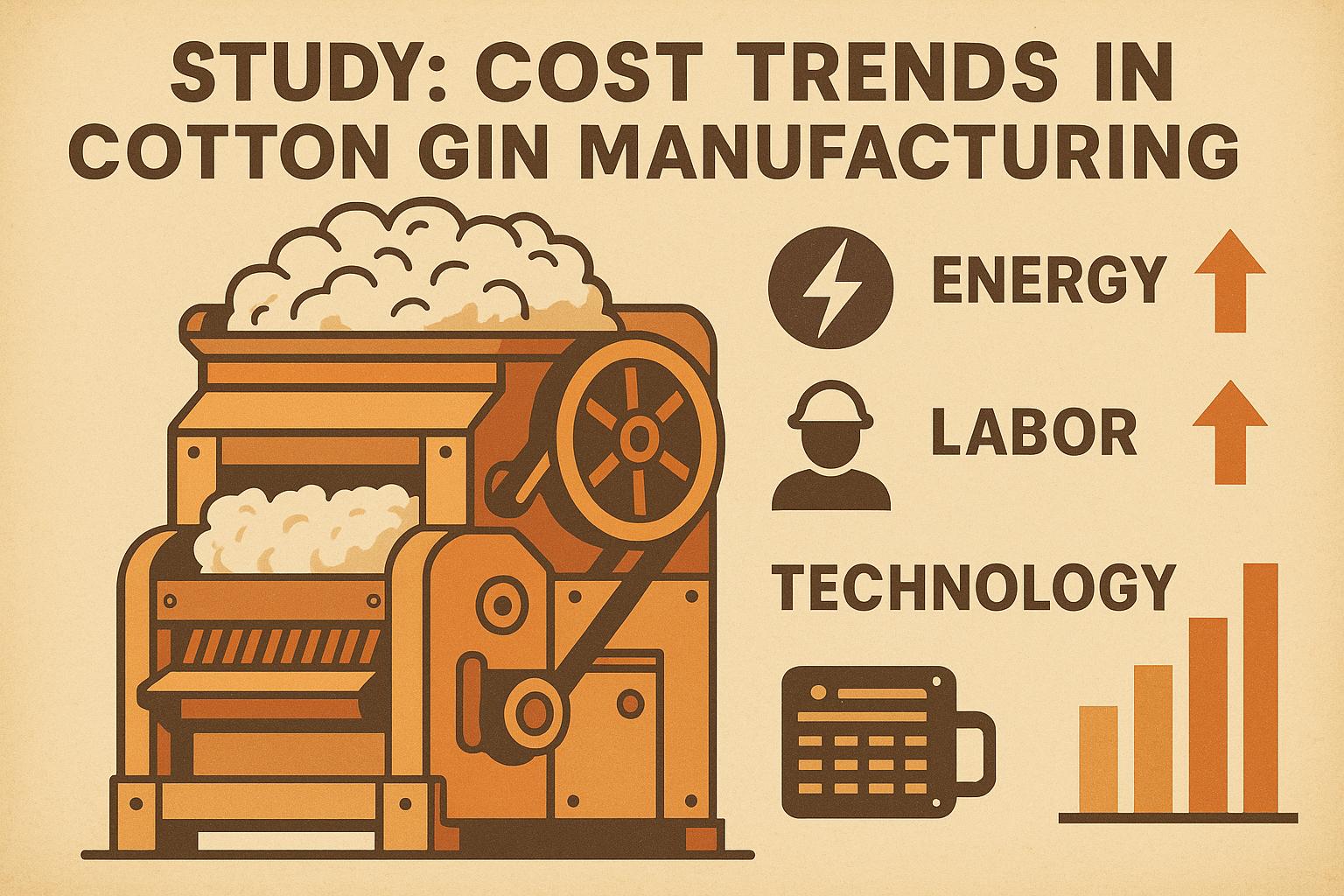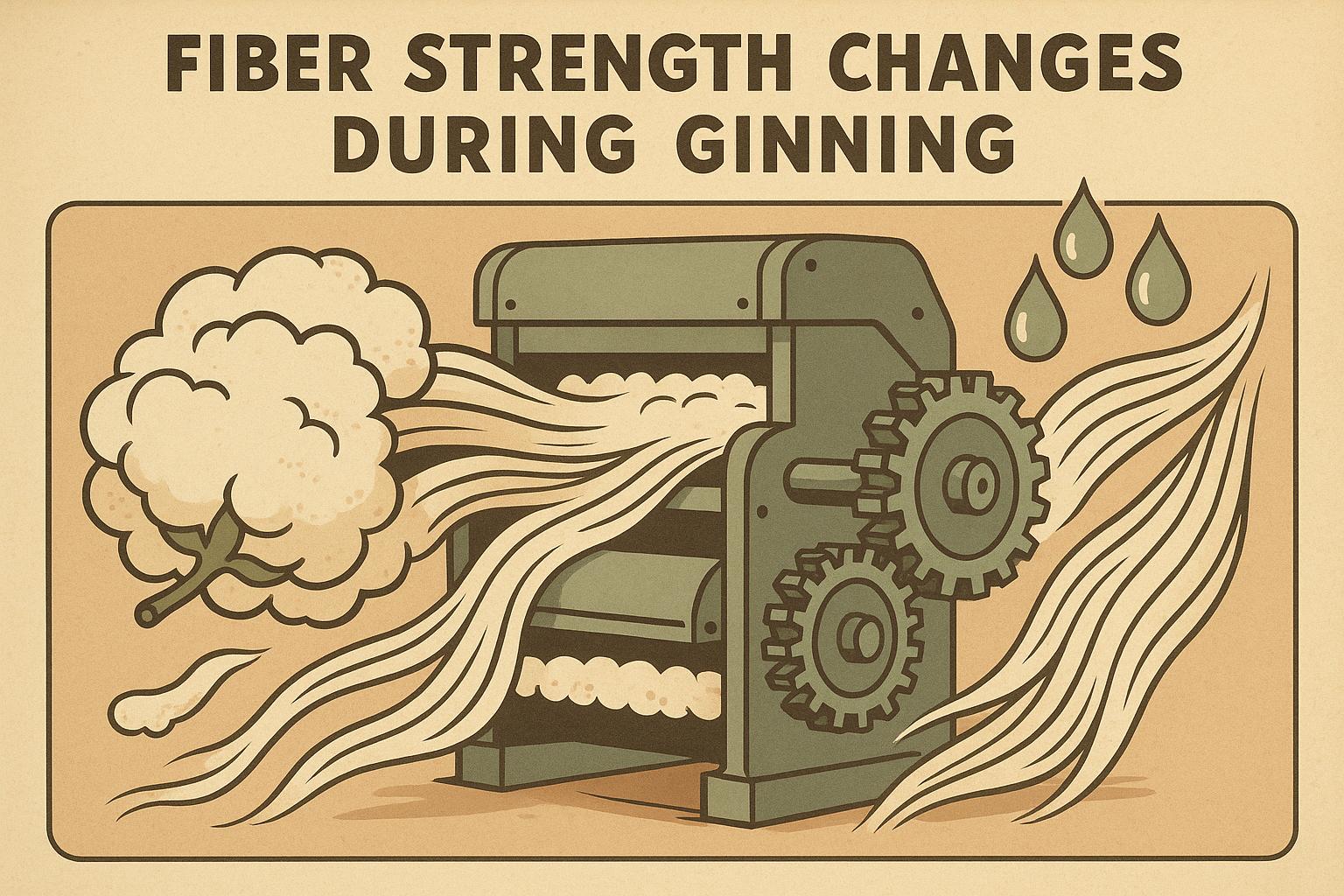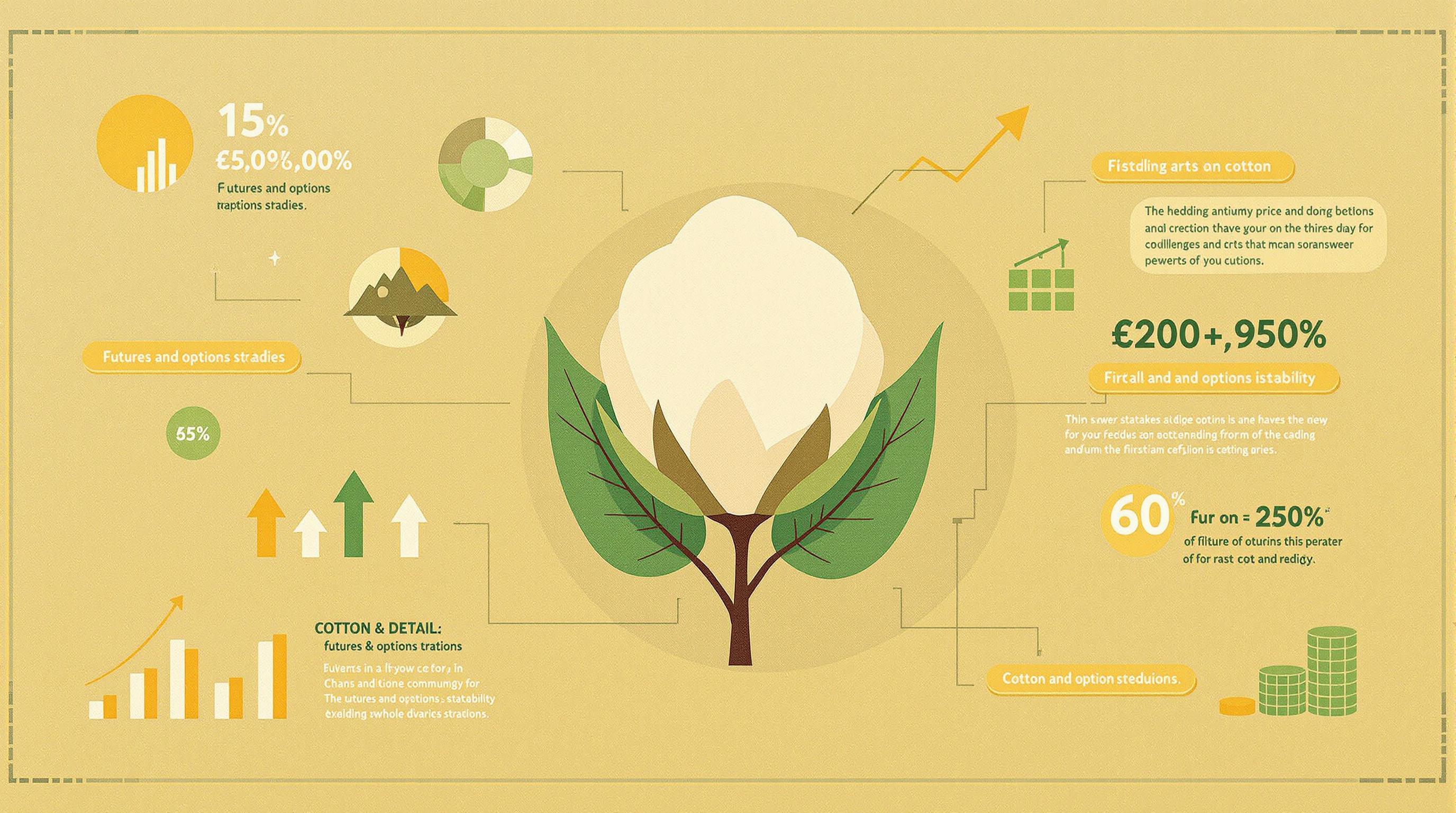Executive summary (TL;DR)
- No till cotton farming conserves soil by minimizing disturbance, reducing erosion 50-70% and boosting organic matter for long-term health in cotton operations.
- Key benefits include 10-20% yield stability in droughts, 15-25% fuel savings, and enhanced nutrient cycling, addressing pain points like compaction for seasoned growers.
- Future trends like AI mapping and bio-enhancers promise 20% more efficiencies; start with trials and soil audits to transition smoothly for higher profits.
Related Post: For more on tillage innovations, check out our Innovative Cotton Tillage Practices for Soil Conservation.
Shifting to No-Till: A Game-Changer for Cotton Growers
I remember my first attempt at no-till—it was a leap of faith after years of conventional plowing that left my fields dusty and compacted, with yields plateauing despite more inputs. Switching opened my eyes to how no till cotton farming could revive the soil, cut costs, and even lift boll counts in tough seasons. It's not about abandoning what works; it's about evolving to let the land do more of the heavy lifting, turning potential pain points like erosion or fuel bills into advantages.
Agronomic data from extension services in major cotton belts shows that no-till systems can reduce soil loss by 60-90% compared to conventional till, while improving water infiltration for 10-15% better drought resilience. Factors like residue management, weed control, and equipment adjustments all play roles, but with the right setup, you can address challenges like initial weed pressure or cold springs. For experienced growers, this means integrating no-till with your rotation, nutrient plan, and tech stack, drawing on long-term trials to boost both soil health and bottom-line yields without extra labor.
Understanding the Basics of No-Till in Cotton
No till cotton farming preserves soil structure by avoiding plows, relying on residue and biology to maintain fertility—it's a shift that builds resilience over time, cutting inputs while sustaining production.
- Residue Retention Benefits: Leaving 30-50% cover suppresses weeds and shades soil; studies indicate 20-30% less evaporation, crucial for arid belts where water saves $20-40/acre.
- Biological Activity Boost: Undisturbed soil fosters microbes/earthworms; populations rise 25-50%, enhancing nutrient cycling for 10% better uptake without added fertilizer.
- Erosion Control Mechanics: Intact roots anchor topsoil; no-till cuts loss 70% on slopes, per USDA reports, preventing $50/acre annual degradation in rainy regions.
Adopt gradually on 20% acreage; challenges in transition are met by herbicide programs. Annual soil tests track progress.
Soil Conservation Advantages of No-Till
Erosion and degradation plague tilled fields—no till cotton farming counters this by building organic matter and structure for enduring productivity.
- Organic Matter Accumulation: Adds 0.5-1% yearly; higher levels improve tilth, reducing compaction that limits roots 15-20%.
- Water Infiltration Improvements: Pore spaces increase; rains penetrate 25-35% deeper, cutting runoff and boosting recharge in variable weather.
- Carbon Sequestration Potential: Stores 0.2-0.5 tons/acre/year; qualifies for credits, adding $10-30/acre revenue per carbon market data.
Monitor with infiltration tests; challenges in heavy clays are met by gypsum amendments. Long-term, yields stabilize 10-15%.
Yield and Quality Impacts in No-Till Systems
Skeptics worry about drops—no till cotton farming often maintains or boosts yields through better moisture and nutrients, with 5-10% gains in stress years per trials.
- Moisture Retention for Drought: Holds 1-2 extra inches; sustains boll fill, lifting retention 10-15% in dry spells.
- Nutrient Efficiency: Slower mineralization reduces leaching; 10-20% less N needed, preserving micronaire in leachy sands.
- Weed/Pest Dynamics: Residue disrupts cycles; IPM with no-till cuts sprays 15-25%, maintaining fiber uniformity.
Variety selection matters—choose deep-rooted types. Challenges in cold springs are met by starters; test strips will validate.
Cost Savings from Reduced Inputs and Operations
Fuel and labor add up—no till cotton farming slashes expenses by 20-30% per econ analyses, freeing capital for investments like precision tech.
- Fuel Reduction: Fewer passes save $15-25/acre; high-horsepower needs drop 20%.
- Labor Efficiency: Less fieldwork; hours cut 15-25%, allowing focus on scouting/marketing.
- Input Optimization: Lower erosion means less fertilizer replacement; savings $30-50/acre annually.
Calculate ROI with spreadsheets; challenges in initial weeds are offset by long-term gains. Annual budgets track.
Weed and Pest Management in No-Till Cotton
Residue changes dynamics—no till cotton farming requires adapted IPM to control pressures without tillage, cutting chemicals 20-30%.
- Herbicide Programs: Burndown pre-plant; residuals like dicamba handle emergence, with 15% less volume.
- Cover Crop Suppression: Rye smothers pigweed; terminates timely for clean beds, reducing sprays 25%.
- Beneficial Boost: Undisturbed soil harbors predators; ladybug populations rise 20-30%, controlling aphids naturally.
Rotate modes; scouts monitor. Challenges in resistance are met by diversity; extensions guide.
Equipment and Transition Tips for No-Till
Switching needs gear—no till cotton farming adapts planters for residue, with upgrades paying back in 2-4 years through savings.
- Planter Modifications: Row cleaners/slotted disks slice cover; add downforce for even depth, improving stands 10%.
- Sprayer Upgrades: High-clearance booms navigate residue; nozzles for coverage cut drifts 15%.
- Transition Phasing: Start on 20-50% acres; use covers to build soil, easing into full no-till over 3 years.
Budget $1,000-5,000 for retrofits; leases offset. Challenges in heavy residue are met by choppers; dealer demos help.
Environmental Benefits and Carbon Credits
Beyond savings, eco wins—no till cotton farming sequesters carbon, qualifying for credits that add $10-30/acre.
- Carbon Storage: 0.3-0.7 tons/acre/year; markets like Indigo pay $20-40/ton.
- Biodiversity Boost: Habitat for pollinators; 20-40% more species, per ecological studies.
- Water Quality Improvements: Reduced runoff cuts nutrient pollution 30-50%.
Certify with Verra; audits $5/acre. Challenges in verification are met by apps; extensions assist.
Regional No-Till Success in Cotton Belts
Adapt to locale—no till cotton farming shines differently by region for targeted benefits.
- Southwest Arid: Moisture conservation key; saves 20% water, yields up 150 lbs in droughts.
- Southeast Humid: Erosion control; cuts loss 60%, with covers suppressing weeds 25%.
- Mid-South Variable: Nutrient retention; 15% less fertilizer, stabilizing in floods.
Local trials guide; co-ops share data.
Case Studies: No-Till Transformations in Cotton
Real stories motivate—no till cotton farming has revamped operations, as these examples show.
- Oklahoma Dryland: Matt Braun's switch added covers/livestock; yields stabilized, costs down $50/acre per reports.
- Arkansas Pigweed Battle: Brothers reduced trips from 15 to fewer; weed control costs halved, per case.
- Mississippi Long-Term: 48 crops with no-till; soil organic up 2%, erosion nil.
Adapt tactics; scale to your farm.
Future Innovations in No-Till Cotton
Stay ahead—no till cotton farming evolves with tech for 20% more benefits.
- AI Residue Management: Drones map cover; optimize termination for clean planting.
- Bio-Enhanced Seeds: Varieties for no-till; boost emergence 15% in residue.
- Carbon Market Expansions: Blockchain verifies; credits up 20-30%.
Monitor research; adopt for edges.
No-Till vs. Conventional Tillage Comparison Table
Here's a comparison of no-till vs. conventional tillage in cotton farming based on general industry data:
| Aspect | No-Till Benefits | Conventional Drawbacks | Savings ($/acre) | Yield Impact |
|---|---|---|---|---|
| Erosion | Reduces 60-90% | High loss (5-10 tons) | 30-50 | Stable +10% |
| Fuel/Labor | Saves 20-30% | Multiple passes | 20-40 | N/A |
| Water Use | Retains 20% more | Higher evaporation | 15-30 | +15% in dry |
| Nutrients | Cycles 10-15% better | Leaching 20% | 25-40 | +5-10% |
| Carbon Seq. | 0.3-0.7 tons/yr | Releases CO2 | Credits 10-30 | N/A |
This table highlights advantages; adjust for your soil with local trials.
Measuring Success and Continuous Improvement
Track to refine—no till cotton farming requires metrics for ROI and adjustments.
- Soil Health KPIs: Organic matter gain (aim 0.5%/year); infiltration rates up 20%.
- Economic Metrics: Cost per bale down 15%; yield stability in stress years.
- Environmental Indexes: Erosion reduction 50%; carbon stored per acre.
Annual tests; software aggregates. Challenges met by logs; extensions assist.
Actionable Takeaways for Your No-Till Transition
Implement these for no till cotton farming:
- Assess Soil: Test organic/residue; identify fit.
- Choose Equipment: Modify planters; trial on small acres.
- Manage Weeds/Pests: Burndown/IPM; use covers.
- Monitor Progress: Track moisture/yields; adjust yearly.
- Earn Credits: Certify sequestration; sell for extra income.
No till cotton farming builds resilient land, ensuring success.
No till cotton farming turns soil into asset, positioning your farm for enduring yields.


